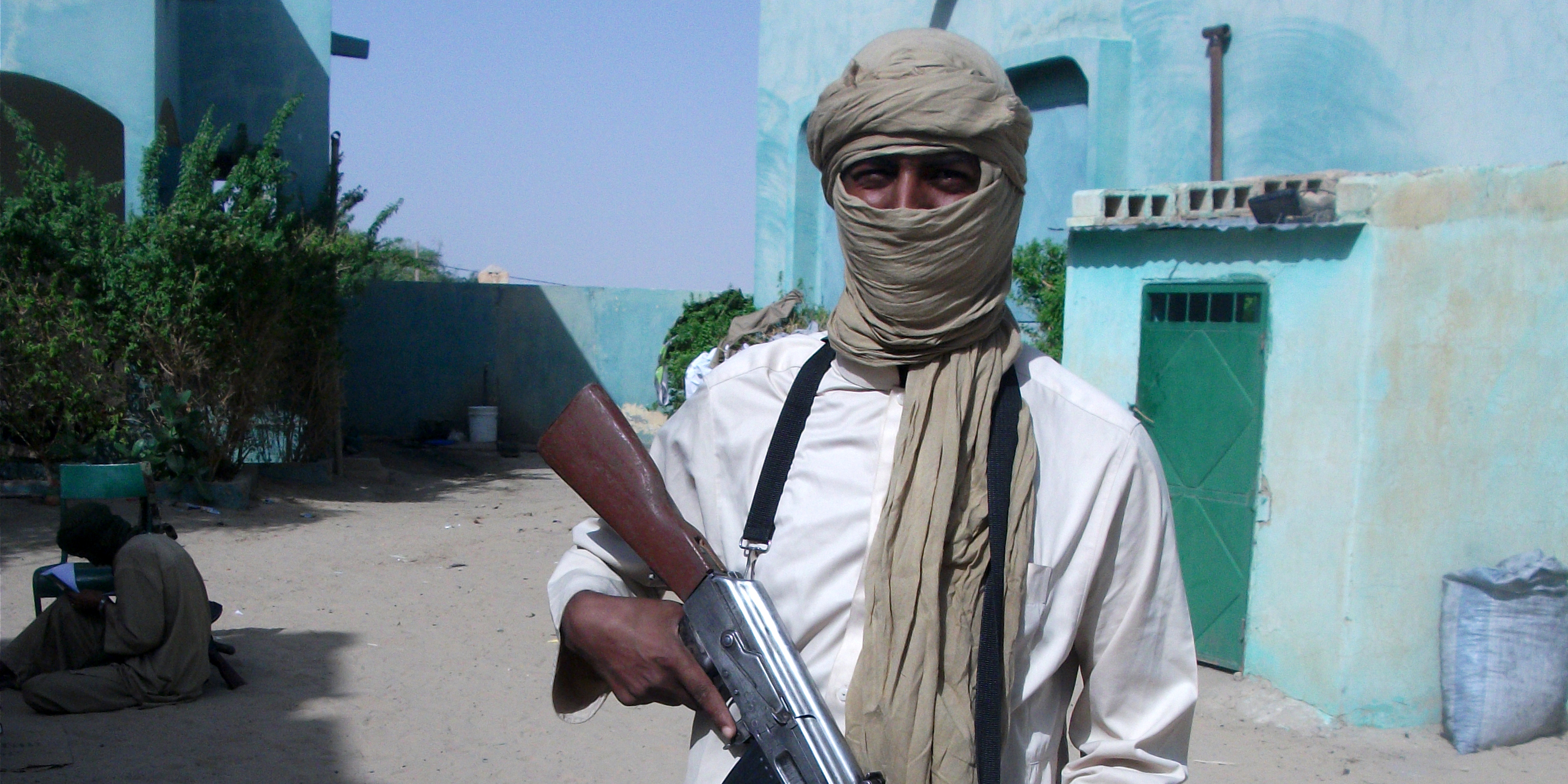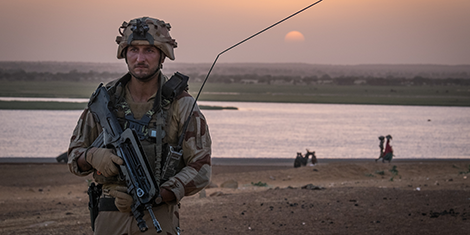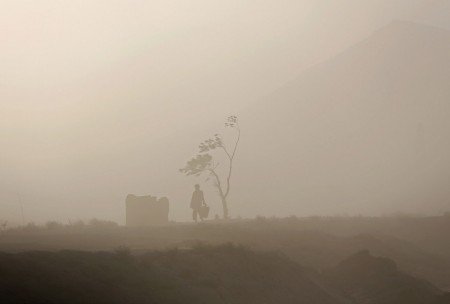
This article was originally published by the Institute for Strategic Studies (ISS) on 12 February 2020.
With arms flows from Libya declining, military barracks and poorly controlled national stockpiles are being targeted.
Terror attacks on military outposts in the Liptako-Gourma area where Mali, Burkina Faso and Niger meet are increasingly ambitious and complex. Their frequency and the damage inflicted on defence and security forces is worrying, and raises questions about where the terror groups are sourcing their heavy weapons.




